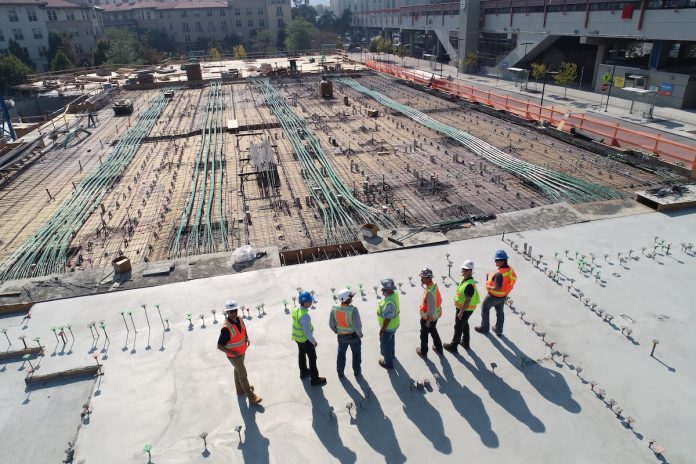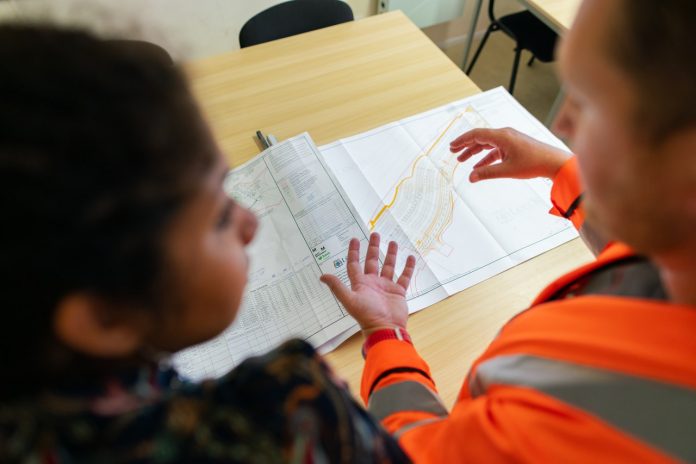When Is an Anchored Retaining Wall Needed?
Architects, engineers, and construction professionals have numerous projects where they must consider installing an anchored retaining wall that supports potentially unstable structures. Maybe a hillside needs more stability to hold up an apartment building near it, or there’s a safety concern with rainwater-causing mudslides. In these situations, an anchored retaining wall is necessary. Here are the nuances and advantages they provide.
1. Creating Anchored Retaining Walls
There are various types and styles of anchored retaining walls. Most differences are in how professionals install them to keep them in place, which depends on the environment — hence the qualifier “anchored.” They are also called tieback systems because of the other components in some builds. They can have more than blocks — some designs have cables or steel rods.
Architects and structural engineers might find it passable to have it held by gravity alone. This will suffice in plenty of circumstances, and it’s one of the most common. Builders must create a level surface on the foundation ground to erect the wall element. It might require digging holes or moving mounds of dirt. After prepping, the base goes down so the wall can go up.
Whatever anchoring method the builders choose will tether the wall to the ground. Workers must backfill any gaps to support tiebacks and anchors further. That’s all there is to it, no matter what anchored retaining wall it is.
Generally, these walls work best when taller for a less steep slope, but they’re versatile and can be as short as a few feet.
When gravity isn’t enough, there are more failsafes construction professionals can use to keep everything in place, including:
● Adhesives like glue
● Fasteners and screws, usually made of steel or concrete
● Bolts, brackets, and straps
● Jacks
● Clay, sand, and other soil
Repairs are also simple, as crews can use anything from drainage strips to reinforced steel plating to manipulate the wall to the slope’s needs.

2. Environments That Need an Anchored Retaining Wall
These walls work best when there isn’t much room to work with or the wall must be thin. The malleability of an anchored retaining wall makes it an ideal solution in numerous scenarios, such as protecting loose rubble or eroding soil over a short or steep slope.
How does anyone know when it’s time to start construction? Consider a highway that cuts through a mountain. Over the years, intense weather has caused rockslides, endangering drivers. Climates are becoming more unpredictable, so anywhere this may happen is a quality candidate for an anchored retaining wall. There will be no more erosion slides into roadways if the force of the wall presses against the earth behind it.
These walls are beneficial for residential scenarios, too. Perhaps someone bought land on a slightly sloped stretch that they thought would work for a small garden, yet their irrigation system proves water flow isn’t going where it should. Retaining walls could level it out and keep soil, water, and nutrients in place for more successful harvests. A shorter anchored retaining wall can keep it all secure if someone wants elaborate tiered garden beds or to preserve elegant flower displays.
Commercial and residential buildings could face repeated flooding, especially on basement-level floors. Diverting that water should be a top priority, and a strong retaining wall can help. It will protect the foundations of countless buildings, and if property owners suspect a heavy storm could potentially cause issues, it’s essential to install a wall proactively.
3. The Strengths of Anchored Retaining Walls
Knowing the possibilities of what anchored retaining walls can protect helps explain their strengths and where people need them most. To make the most optimized, beneficial anchored retaining wall, builders should consider the following circumstances:
● Obstructing roads
● Slope composition, such as the slipperiness of sand
● Room for surveying and safety equipment
● Protection of other infrastructure
● Safety when working with surrounding earthwork
Considering the environment protects the project from unintentional sliding in the future. Stability is the most touted benefit of retaining walls, after all. The anchors are so far into the ground it’s hard to imagine them ever coming undone, giving them strength to bear even the heaviest loads.
Because the soil piles on top of the anchors instead of disrupting slopes too much, it protects the earth as much as possible by keeping everything firmly in place.
Anchored retaining walls can fit in more spaces than others, making them easy to move and repair if issues arise. Assembly is quicker, and construction doesn’t interfere with everyday life for too long.

4. Which is The Best Time to Use Them
It’s time to survey the property. How’s the water flow? Is the erosion situation becoming a concern for a pile dwelling? Does the landscaping around a business need some sprucing? There are practical and aesthetic reasons to want or need an anchored retaining wall that ranges from public roads to private homes.
The key is knowing their utility beforehand so that if a situation becomes urgent, property owners and cities can take action before problems exacerbate. An anchored retaining wall is multipurpose, keeping citizens and the environment safe.






